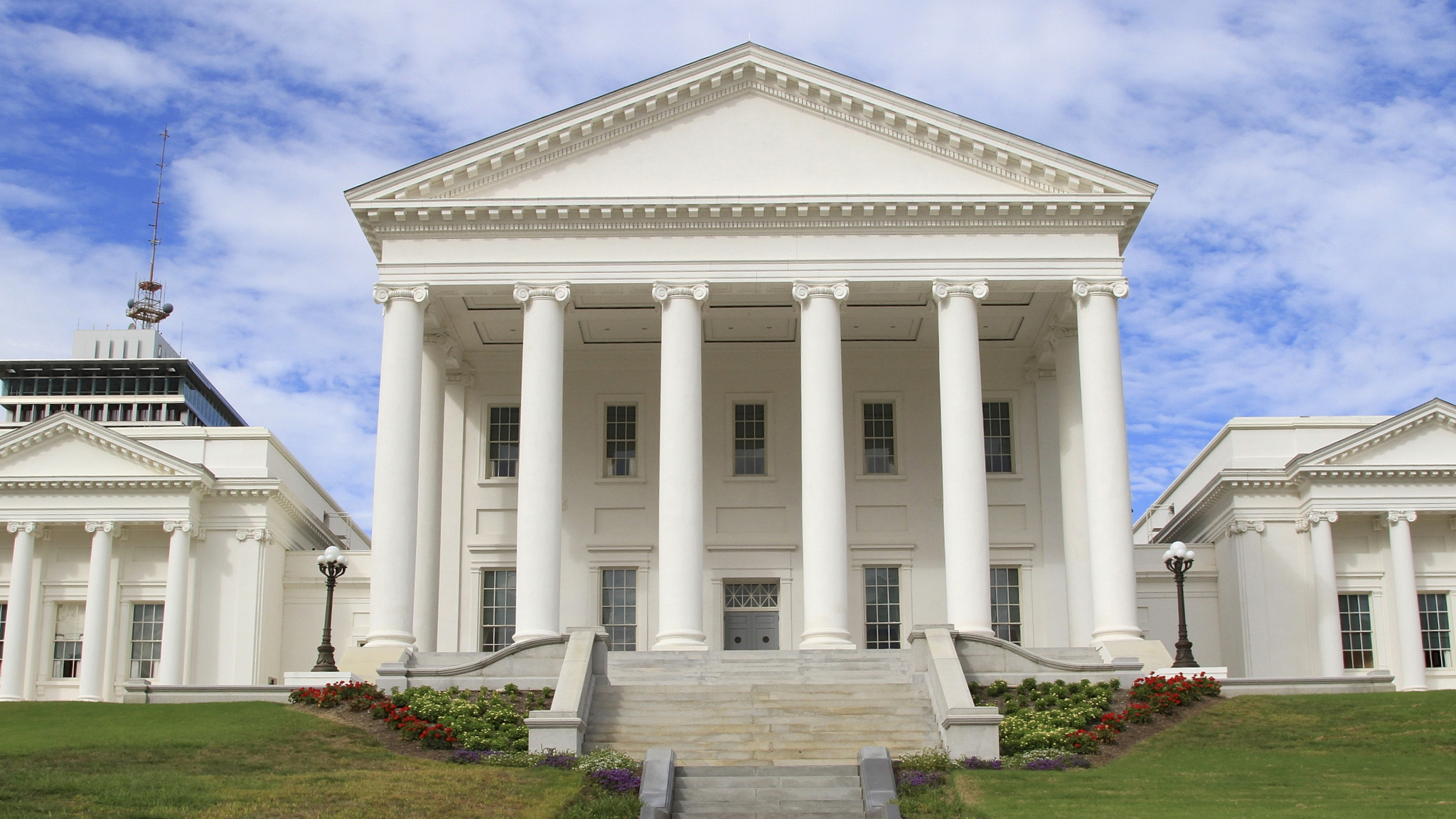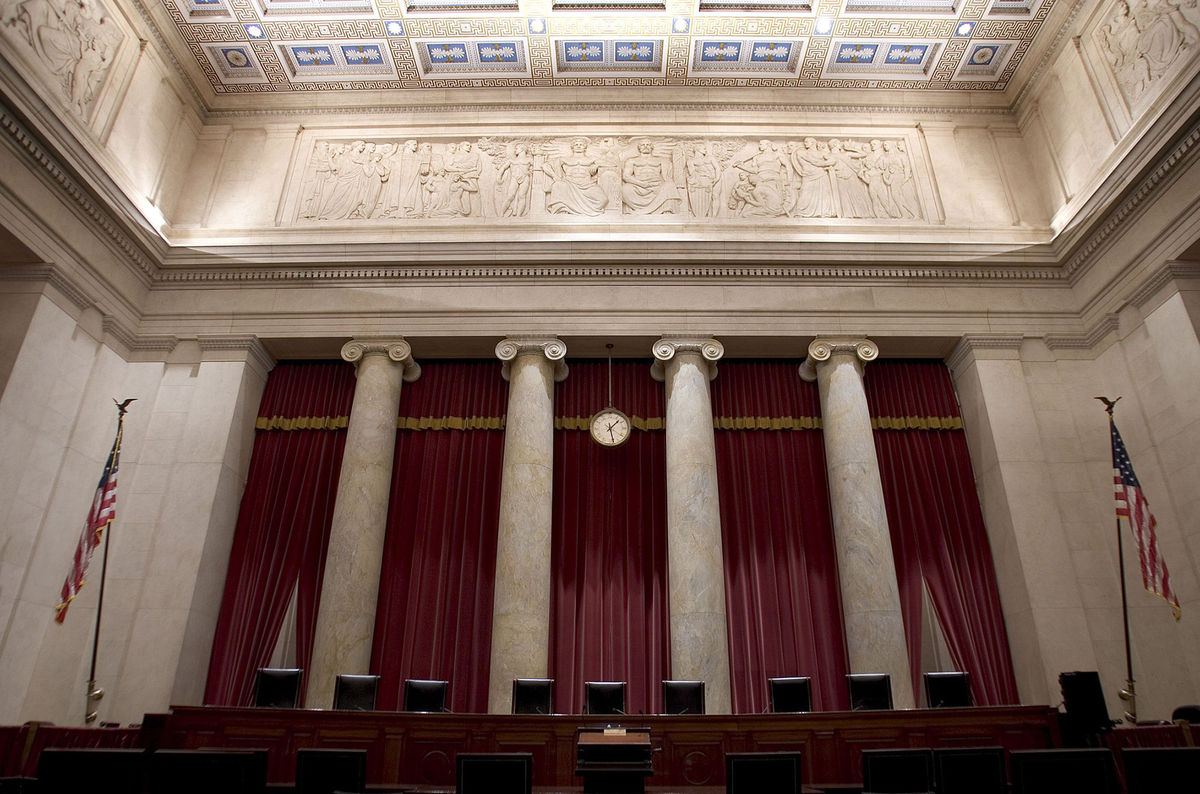In May, the House of Representatives passed the “Right to Try Act,” then signed by President Trump, as a measure to help terminally-ill patients have a last-ditch effort to receive experimental medication or treatment that has not gone through the Food and Drug Administration’s (FDA) approval process. Many on the left claimed the measure would “peddle false hope” to desperate patients and will have “fly-by-night physicians” conducting potentially harmful medical procedures.
The White House believed, “that these patients and their families should be able to seek access to potentially life-saving therapies while those treatments are still under review by the FDA.” There is evidence that this has already worked. While the following story it did not occur due to the bill’s signing, it shows what hope experimental treatments can have.
A report from the New York Post tells the tale of a Florida woman who, after being told she had three months to live, was spared by an experimental treatment.
Judy Perkins, 52, was battling breast cancer for years. After having a mastectomy, removing all her lymph nodes, chemotherapy, and hormonal therapy, those methods failed to halt the spread of cancer to her chest and liver. At that time, unfortunately, she was certain she was going to die.
However, she met Dr. Steven Rosenberg at the National Institutes of Health, who decided to embark on an experimental treatment in hope to save her life.
Rosenberg studied Perkins’ immune cells, finding the white blood cells capable of detecting genetic mutations and fighting cancer. Scientists then extracted those cells and grew them in a lab before injecting her with over 90 billion of them.
“I think it had been maybe 10 days since I’d gotten the cells, and I could already feel that tumor starting to get soft,” Perkins said. “By then I was like, Dang, this is really working.”
Rosenberg takes on patients with particularly aggressive cancers, or whom have just months to live. He believes the treatment it could pave the way for treatment of several different cancers.
Perkins signed up for the cancer trial knowing the risk was high. Unfortunately, two of her friends who went through similar treatments eventually succumbed to cancer. However, it is important to note that while “right to try” is not an automatic savior to those suffering from terminal illnesses, it does give them a chance.
Without experimental treatment, Perkins would have died. The policy the White House championed gives patients, as well as those like Perkins, something to hope for – a chance at life.







